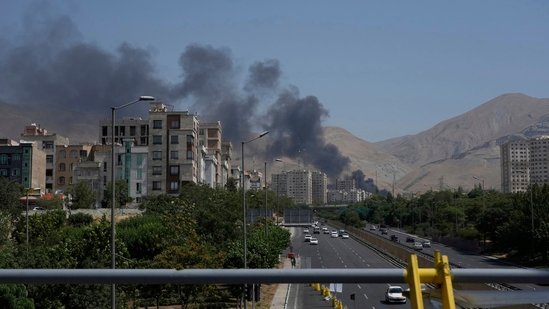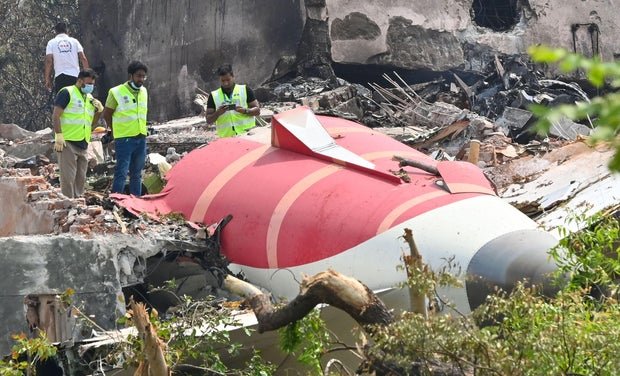Captain Steve Scheibner, a former US Navy pilot with over 20,000 hours of flying experience, is widely respected for his in-depth aviation analysis and flight safety expertise.
New footage shows critical emergency system deployed
Scheibner had earlier outlined four possible causes of the crash. These included loss of power, fuel contamination, a bird strike, or a flap setting error. However, after examining sharper video footage released after the incident, his opinion has changed.
“In the middle of the circle, you see kind of a protrusion on the belly of the aircraft… just underneath that you see a little grey dot… that little grey dot is the RAT,” Scheibner said in a new video posted on YouTube. He was referring to the ram air turbine (RAT), a device designed to deploy automatically if both engines fail or if the aircraft loses all hydraulic or electrical systems.
“This is visual confirmation that the RAT deployed,” he said. The RAT is not meant to activate under normal flight conditions and only comes into action during extreme emergencies.

Live Events
RAT sound and survivor’s account offer more clues
Scheibner also analysed audio from the crash video, identifying a distinct “high-pitched squeal” in the background. “It sounds like a high-pitched prop, like a little Cessna going by,” he said, linking the sound to the RAT’s two-bladed turbine spinning at high speed to generate emergency power.In addition to video and sound, he pointed to the lone survivor’s statement. A passenger seated in 11A, close to an emergency exit, reportedly heard “a loud bang” and saw the cabin lights flicker before impact. Scheibner said this description matched what typically happens during a RAT deployment.
Mayday call cited as possible fourth signal
Scheibner added that unconfirmed reports of a Mayday call by the captain indicated they were “losing thrust or something to that effect.” Although air traffic control audio is yet to be released, this detail, if verified, would further support the engine failure theory.
Conclusion remains open
“This puts the dual engine failure theory in first place,” Scheibner said. “But we’re still at square one. We don’t know why both engines on a 787 flamed out after takeoff. It’s a real head-scratcher.”
The Boeing 787 involved in the crash had completed over 8,000 flights and logged 41,000 flying hours before the incident. Investigations by aviation authorities are still in progress.







